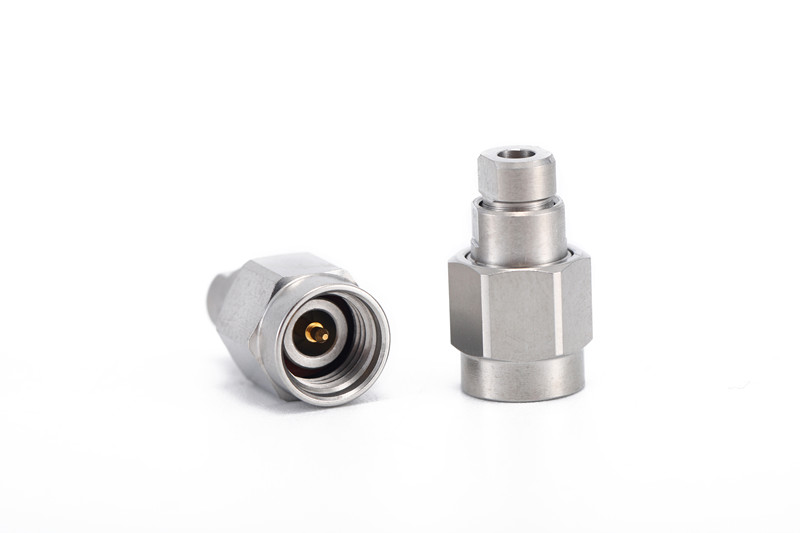Main specifications for MMCX RF Connectors
 Aug 18, 2021|
Aug 18, 2021| View:559
View:559The model of MMCX RF Connectors consists of a primary code and a structural code separated by a short horizontal line”-”. Master code MMCX RF Connectorsmaster code using the International Common Master Code, the specific product of the different structural form of naming by detailed specifications, structural form code MMCX RF Connectors structure. Main specifications:

1. Impedance: nearly all MMCX RF Connectors and cables are standardized for the impedance of 50Ω. The only exception to this rule is the 75Ω system, which is commonly used in cable TV installations. It is also important that the coaxial cable connector has the characteristic impedance of a matching cable. If not, a discontinuity is introduced and loss may result.
2. VSWR (voltage VSWR): ideally should be unity, well designed, and implemented to keep VSWR below 1.2 in the range of interest.
3. Frequency range: most RF operations are now in the 1 to 10 GHz range, so the connector must have a low loss in this area. For cases above 10 GHz-there is a lot of work now in the 10 to 40 GHz Range-there is newer connectors to choose from. They are expensive because of the cable itself.
4. Insertion loss: this is connector loss in the frequency range of interest. Losses are typically between 0.1 and 0.3 decibels. Determining how critical per watt (or fractional watt) is in most designs, even for such small losses, must be minimized to account for the link loss budget. It is in the low noise front end when the signal strength and signal-to-noise ratio is low that is particularly important.
5. Operating Cycle: how many connection/disconnection cycles are acceptable and still meet their specifications? This is usually in 500 or 1,000 cycles. For threaded connectors, vendor-specified fastening torque is an important factor in maintaining performance and reliability.
6. Power: Power handling is determined by two resistor losses (heating) and insulation breakdown. While even decades of design have largely preprocessed dozens of Watts, today’s design world focuses on low power devices such as cell phones, microcells, and nano cell base stations, video interfaces, RF, and gadgets. These are in the SUB-1W range, so the connector can be much smaller and its power rating is less constrained.




